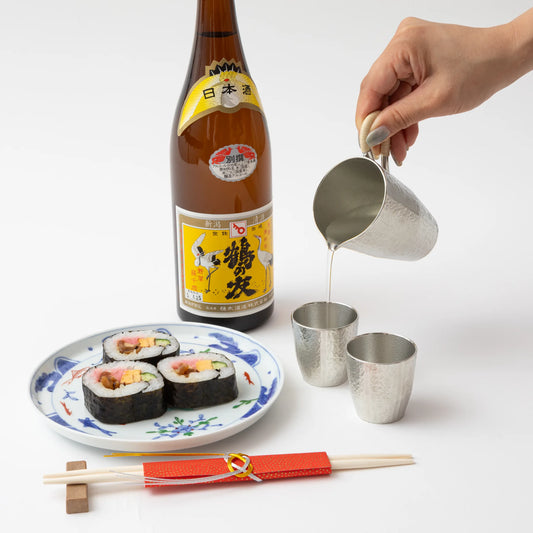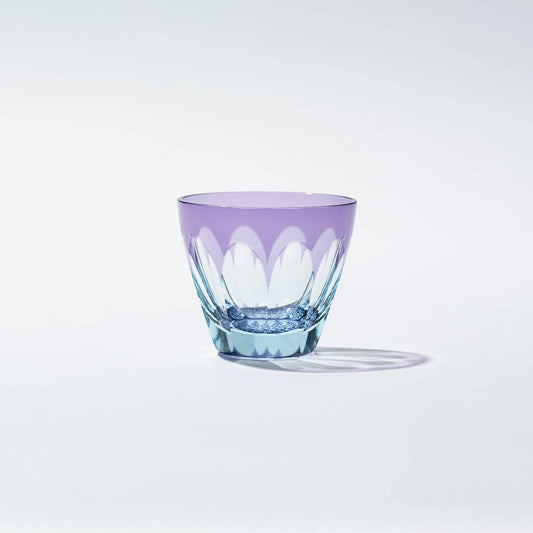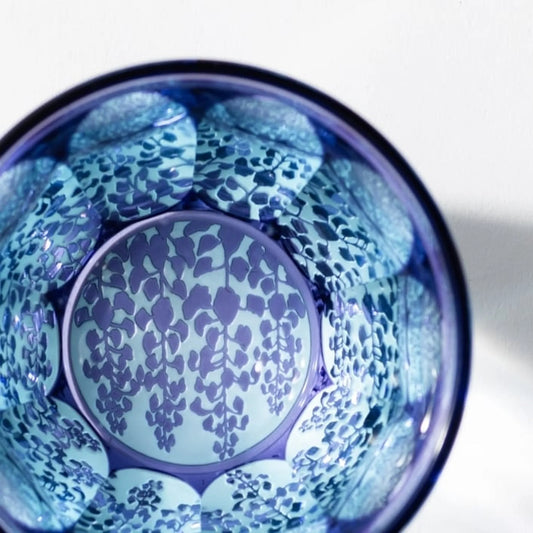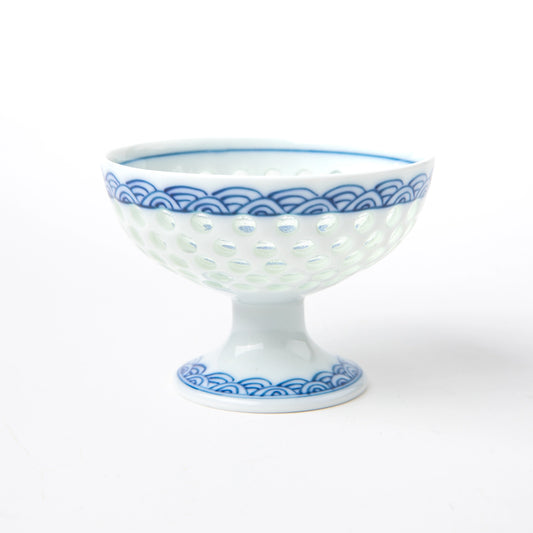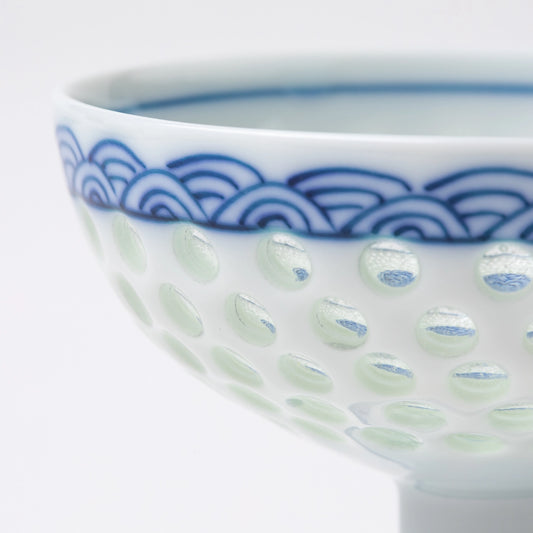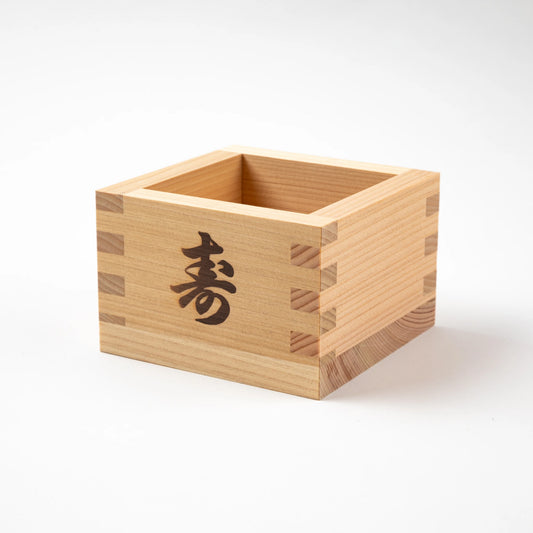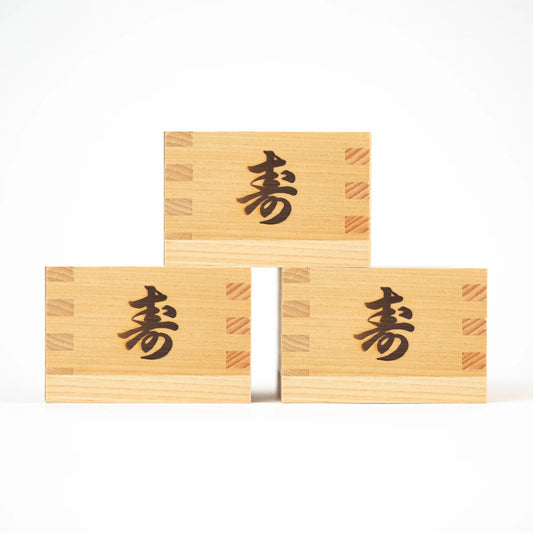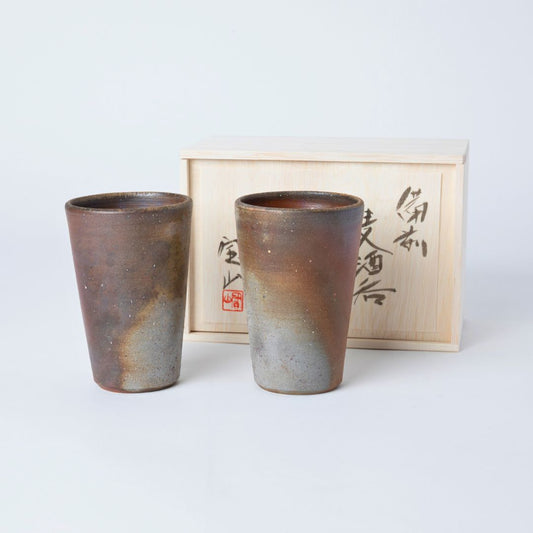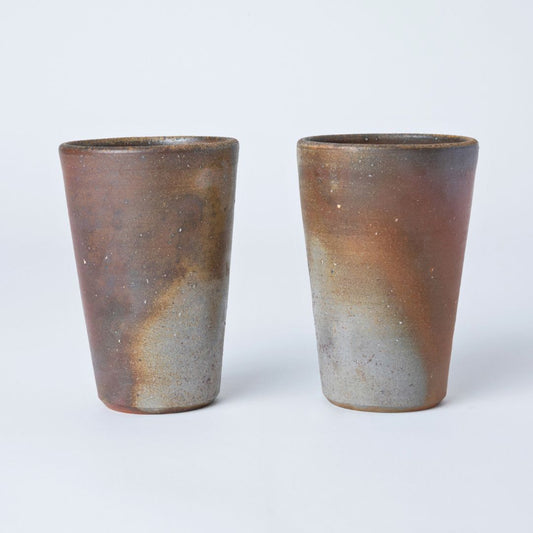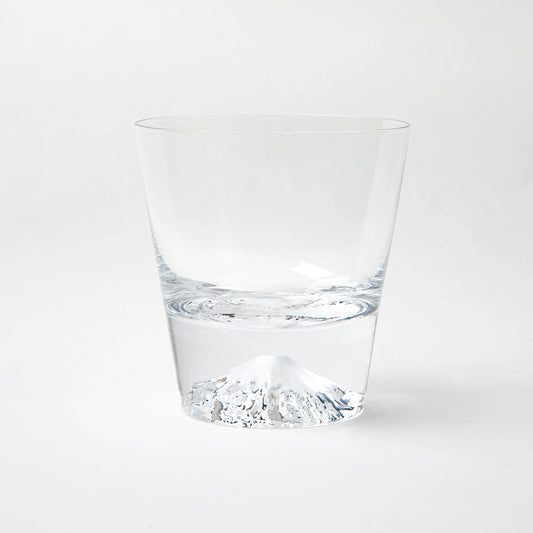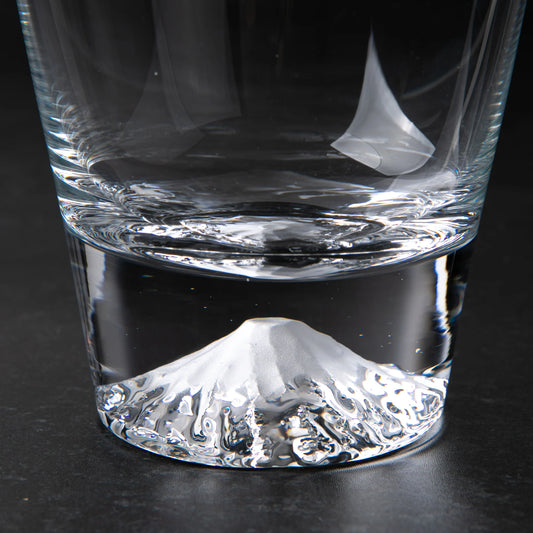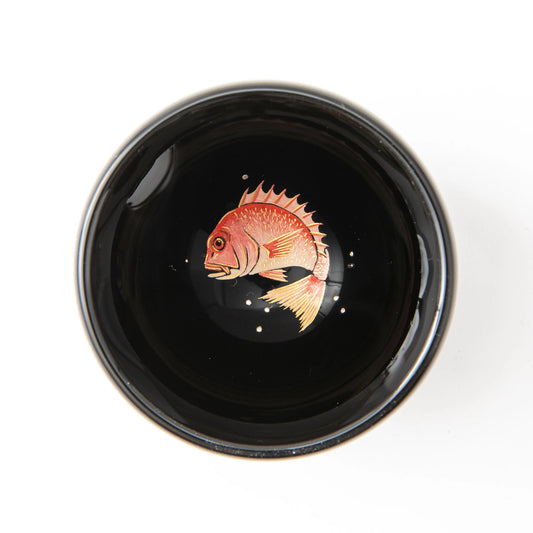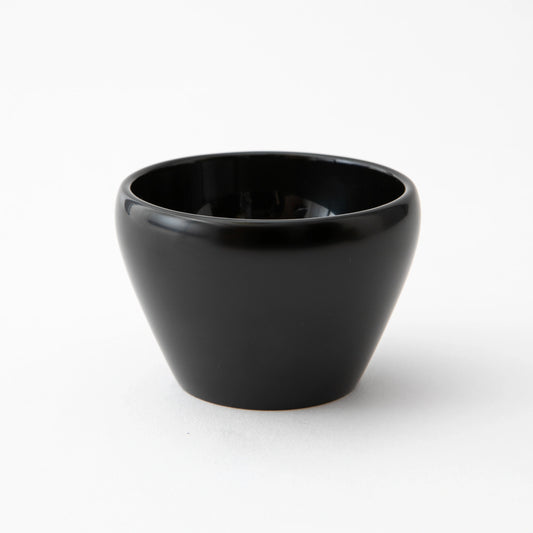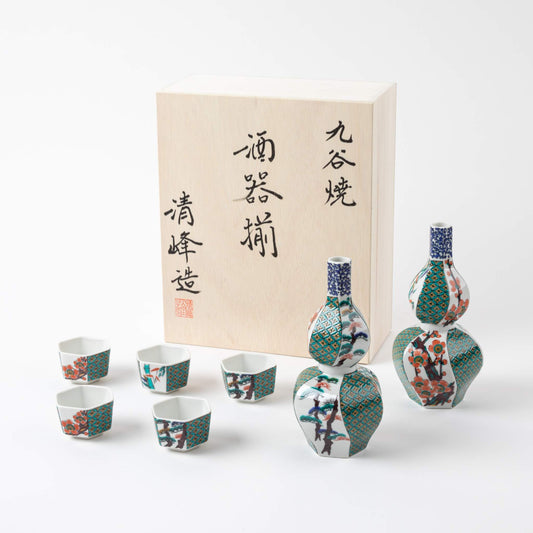Sake, often referred to as Japan’s traditional rice wine, holds a special place in Japanese culture and history. Brewed through a delicate fermentation process, sake offers a wide range of flavors and aromas that reflect the craftsmanship of its makers and the unique qualities of the rice and water used.
But enjoying sake is about more than just the liquid itself; the vessel from which it is sipped plays a crucial role in shaping the overall experience. The design, material, and size of the sake cup can influence the aroma, temperature, and even the way the sake feels on the palate. In this blog, we’ll explore the diverse styles of sake cups, each bringing its own character and tradition to the art of savoring this timeless drink.
Sake and Its Perfect Pair: The Cup
With such a deep connection between sake and its cup, it’s no surprise that a variety of sake cups have been crafted over the centuries. Each style offers a unique way to enjoy sake, reflecting different traditions, purposes, and aesthetics. Let’s explore these distinctive sake cups and discover how they enhance the drinking experience.
Ochoko: Kirameki Sake Set
Ochoko is the most iconic style of sake cup, small, rounded, and designed for slow, intentional sipping. Ochoko’s kanji character can be directly translated to mean “boar’s mouth,” a poetic nod to its cup’s wide, open shape, which resembles the snout of a wild boar. Traditionally used in formal and casual settings alike, ochoko encourages a mindful drinking rhythm, often paired with the ritual of pouring for one another.
A modern take on this classic can be seen in the Kirameki Sake Set, handcrafted in Osaka from pure tin. Known for its high thermal conductivity, tin keeps sake at the ideal temperature while the set’s subtle shine adds the quiet luxury to the traditional sake experience.
Guinomi: Shiina-Kiriko's Edo Kiriko Two-Tone Sake Cup
Guinomi are slightly larger than ochoko and offer a relaxed, more personal way to enjoy sake. The name comes from gui-gui, a Japanese onomatopoeia suggesting smooth, satisfying sips, perfect for those who appreciate both aroma and flavor in greater volume.
A refined example is the Shiina-Kiriko's Edo Kiriko Two-Tone Sake Cup, showcasing traditional cut-glass techniques from Tokyo. Its symmetrical patterns and faceted surface refract light beautifully, while the layered colors shift subtly as you turn the cup. Elegant from every angle, it turns each pour into a quiet moment of craftsmanship and reflection.
Sakazuki: Hasami Ware Crystal Blue Wave Crest Sake Goblet
Sakazuki refers to Japan’s most traditional sake cup, often used in formal and ceremonial settings. The kanji character sakazuki means “cup” or “goblet” and is commonly associated with alcoholic beverages like sake. Unlike casual cups, sakazuki are shallow and wide, meant to be held with both hands, symbolizing both respect and ritual.
A beautiful modern example is the Hasami Ware Crystal Blue Wave Crest Sake Goblet. While made of porcelain rather than lacquerware, it preserves the elegant, ceremonial silhouette of a sakazuki. Elevating its uniqueness, the goblet’s surface is adorned with translucent crystal perforations, creating a delicate interplay of light and shadow. As the sake swirls inside, the intricate openings catch and refract light, offering a dynamic and almost ethereal visual experience.
Masu: Ichigou Masu Kotobuki
Masu are traditional Japanese sake cups with a rich history. The kanji character for masu signifies a "square box," reflecting the masu's original use as a standardized wooden container for measuring rice and other goods. The pronunciation masu also means "to increase," symbolizing prosperity and growth, a sentiment deeply embedded in Japanese culture. Over time, masu evolved from a practical tool into a ceremonial vessel, especially in sake culture, symbolizing generosity and good fortune.
A contemporary example is the Ichigou Masu Kotobuki, crafted from aromatic hinoki (Japanese cypress). This masu features the kanji kotobuki, meaning "longevity," making it an ideal choice for celebrations and rituals. The natural hinoki wood imparts a subtle fragrance, enhancing the sake experience. Beyond its functional use, this masu serves as a symbol of well-wishing and traditional craftsmanship.
Sake Cups: More Than Just a Vessel
Sake is more than a drink; it is a vessel of tradition, connection, and celebration that has been cherished for centuries. The cups we choose to sip from carry stories of craftsmanship, symbolism, and cultural heritage, each adding a unique layer to the sake experience. Through understanding and embracing the beauty of sake cups, we deepen not only our appreciation for the drink itself but also for the rich cultural tapestry from which it flows, reminding us that in every sip lies a celebration of life, tradition, and connection.








